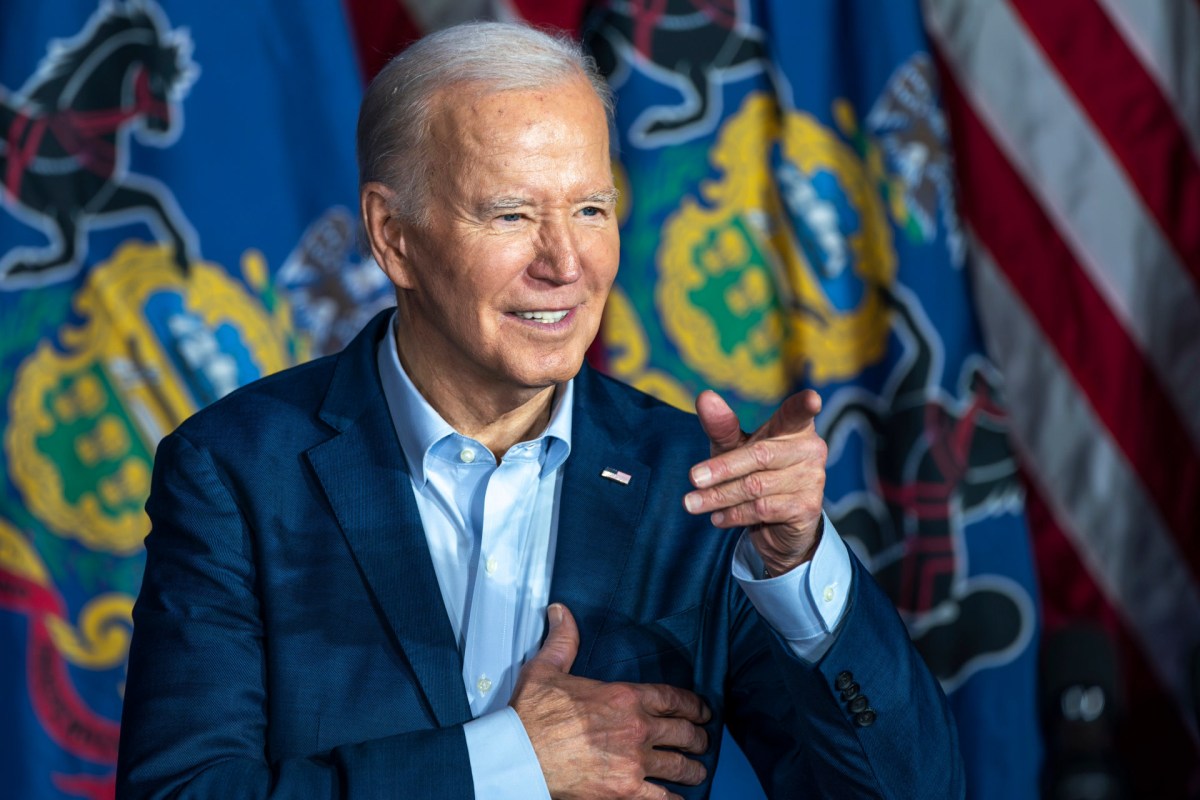A high-speed rail project that would connect Dallas and Houston is getting fresh attention after Japan's prime minister visited Washington, D.C.
On April 9, Reuters reported that President Joe Biden intended to renew interest in the project, which would be the first in the United States to use Japan's Shinkansen technology.
According to the news outlet, the Dallas-Houston line was "on the agenda for the talks" between Biden and Prime Minister Fumio Kishida, who was the first Japanese leader to visit Washington on a state visit in nine years.
The much-anticipated line has been in development for more than a decade, but as Reuters noted, the idea of linking the two major cities by rail has been around since the 1980s. Land acquisition and debates about how to use funding have been factors slowing things down.
In addition to reducing travel times, the rail would improve safety for commuters who generally depend upon Interstate 45. The roadway earned the unenviable designation of the deadliest road in America, with insurer Budget Direct finding it had 56.5 fatal crashes per 100 miles.
Regardless of how they are powered, trains are also one of the least polluting ways to get around. High-speed railways are electrified, however, making them cleaner than diesel-powered iterations. If the Dallas-Houston proposal is realized, Texans will surely begin to breathe easier.
The line is projected to cost $25-30 billion, and Japanese state lenders have provided loans for the railway's development, per Reuters.
In a fact sheet following the state meeting, the Biden administration confirmed that the Dallas-Houston line was on the agenda.
"The successful completion of development efforts and other requirements would position the project for potential future funding and financing opportunities," the White House wrote of its infrastructure talks between the U.S. Department of Transportation, Japan's Ministry of Land, Infrastructure, Transport and Tourism, and Amtrak leadership for the project.
Join our free newsletter for cool news and actionable info that makes it easy to help yourself while helping the planet.









